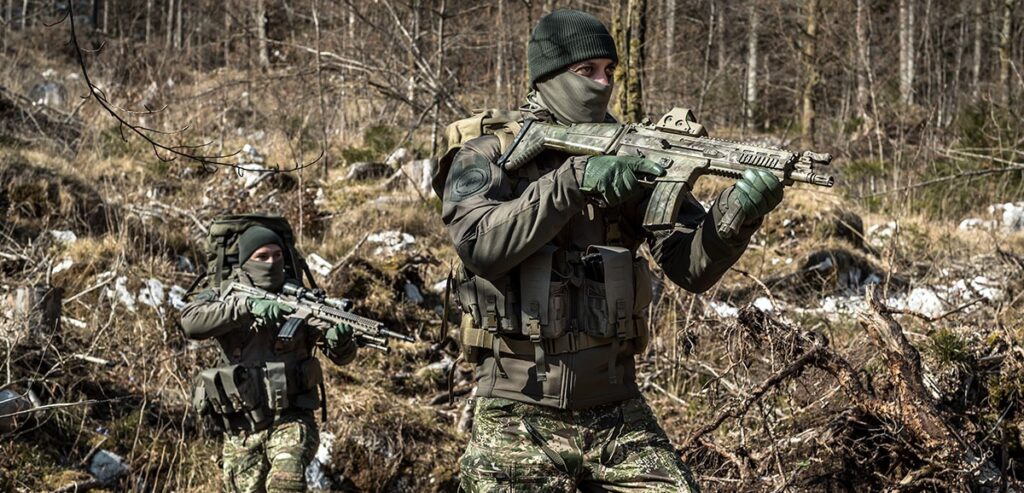Not all tactical jackets are created equal. When it’s time to outfit your team, knowing whether to issue a waterproof military jacket or a softshell could be the difference between success and discomfort in the field.
Waterproof military tactical jackets offer full rain protection and windproofing but can limit breathability and movement. Softshell jackets are more flexible, breathable, and ideal for active operations in cold-to-dry conditions. Your decision should be based on mission profile, climate, and operational intensity.
Let’s break down how these two jacket types actually perform in real-world tactical use.
What Is a Waterproof Military Tactical Jacket Designed For?
Military-style waterproof jackets are engineered for extreme weather defense—especially rain, snow, and high wind.
They typically use materials like Gore-Tex® or PU coatings, feature sealed seams, and include storm flaps and hoods.
They’re designed to keep troops and officers dry in extended wet environments or static field assignments.
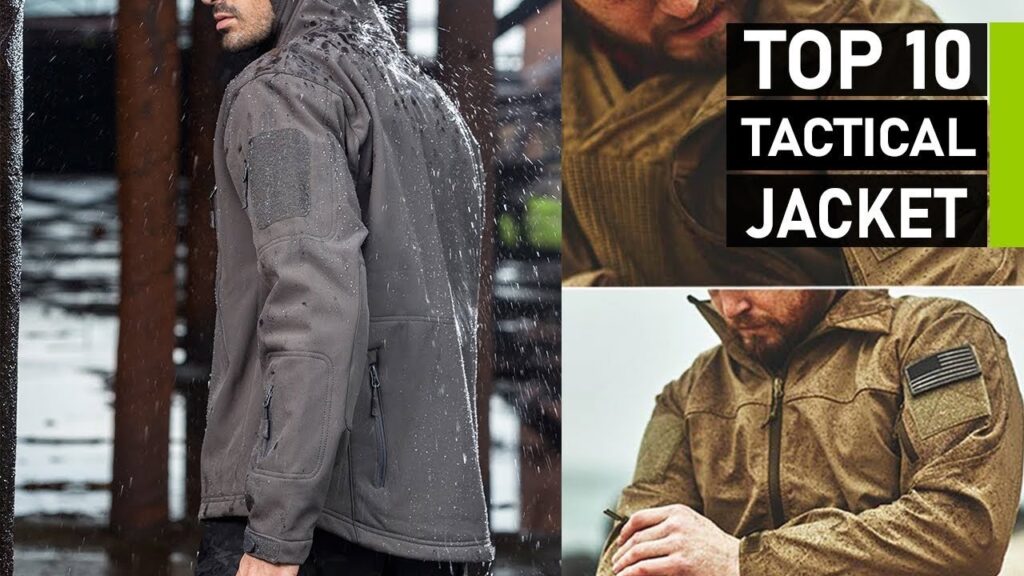
What Are Tactical Softshell Jackets Built to Handle?
Softshells are made for movement-focused missions. They feature:
- DWR-coated outer shells
- Microfleece lining for warmth
- Stretch panels for flexibility
- Underarm vents for cooling
They’re ideal for law enforcement, mobile patrol, K9 handlers, and quick-response teams needing mobility and moderate protection.
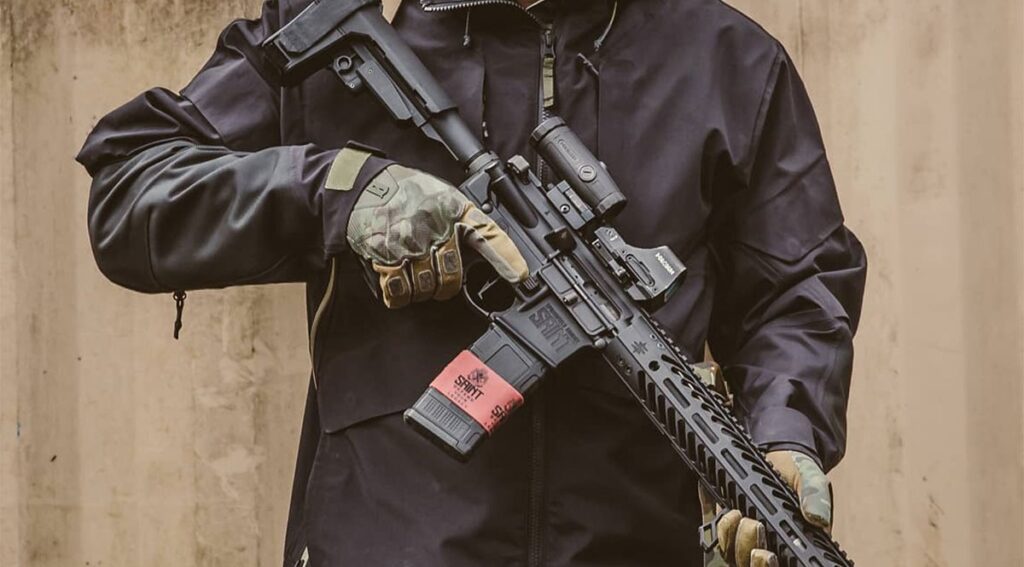
Waterproof vs. Breathable: Which One Wins in Real Field Use?
It depends on the assignment:
- Waterproof military jackets are superior in heavy rain and snow
- Softshells perform better in dry, cold, or variable conditions
Breathability is crucial for preventing sweat buildup. For high-exertion tasks, softshells reduce overheating while still offering weather resistance.

Which Jacket Offers More Flexibility and Movement?
Softshell jackets win hands-down for mobility. The materials stretch with movement, don’t restrict crouching or weapon draws, and layer easily with vests or harnesses.
Waterproof shells, while protective, tend to be stiff—especially in cold weather.
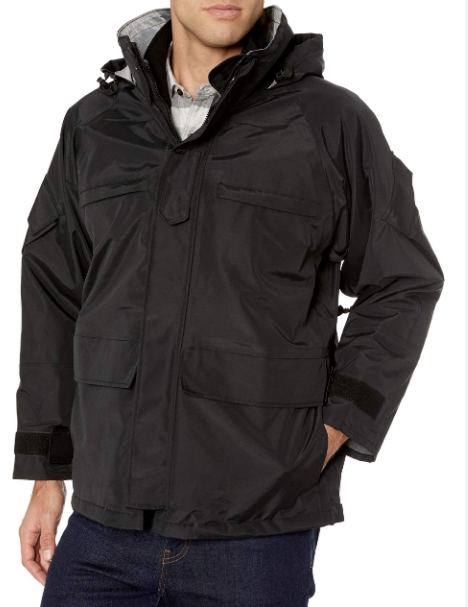
How Does Each Perform Under Layering Systems?
- Softshells work well as a mid or outer layer, depending on temperature
- Waterproof shells are best as outermost layers over insulation or softshells
For modular gear systems, many teams layer a softshell under a waterproof shell to switch between wet and dry tasks.
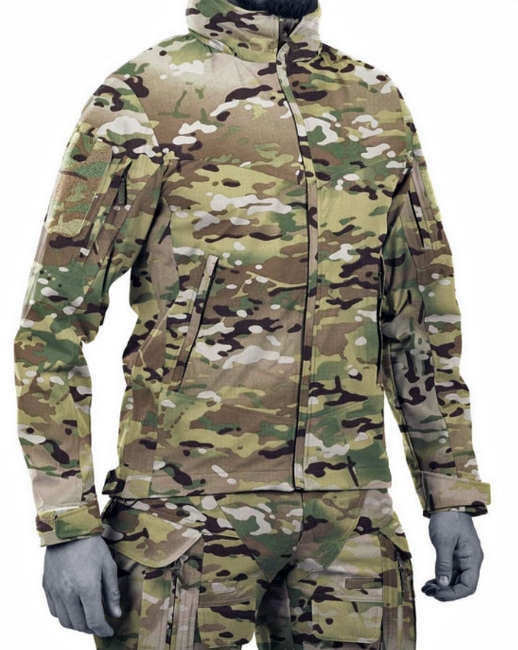
When Should You Use One Over the Other?
Use a waterproof military jacket when:
- Constant or heavy rain is expected
- Your team will be static or low-exertion
- You’re operating in coastal, jungle, or alpine zones
Use a tactical softshell when:
- The mission involves mobility, patrol, or vehicle use
- Climate is cold-to-dry, or lightly wet
- You need something breathable and uniform-compliant
Which Teams Benefit Most from Softshells vs. Waterproof Shells?
| Jacket Type | Best For |
|---|---|
| Softshell Jacket | Patrol officers, mobile teams, indoor/outdoor ops |
| Waterproof Tactical Shell | Field units in wet zones, checkpoint duty, alpine ops |
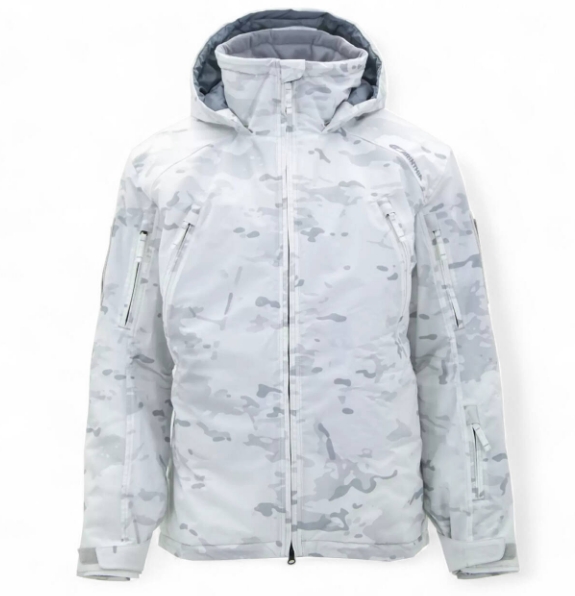
What’s the Tactical Buyer’s Final Verdict?
Softshells are your go-to for versatility and daily active use.
Waterproof shells are mission-specific tools for full environmental defense.
Savvy procurement teams invest in both, using softshells as the default and waterproofs for deployment kits or weather-specific missions.

Summary
Need help choosing the right tactical outerwear setup? We’ll help you build a gear system that balances waterproofing, flexibility, and seasonal readiness. Contact us now for tailored recommendations.

